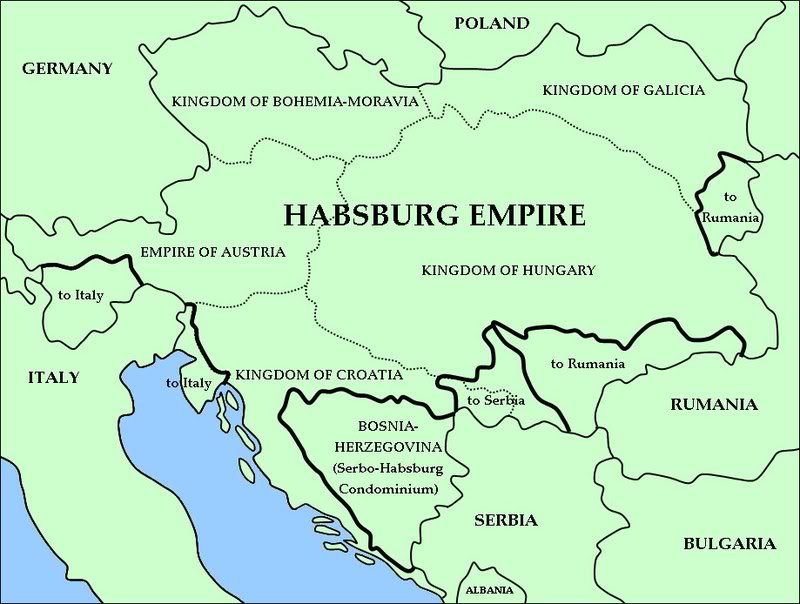Frau Boynton's Book Review
The Hare With Amber Eyes: A Hidden Inheritance
by Edmund de Waal
Vintage Books, 2010
A few days into my time in Austria, I realized with regret that I had neglected to pack a book to read for those moments when I needed a diversion for my mind away from my task at hand of speaking German and exploring Austria. My brain needs easy stuff sometimes to take a break from all the work it is normally doing: a magazine to flip, a movie to watch, and when I'm in German-speaking 24/7 mode, a book in English to read. It's kind of like hiding Snickers bars under your bed, when you're supposed to be dieting, but if I don't get brief opportunities to read
in my own language now and then, I burn out and get grumpy. So to keep the world a more peaceful place, I made my way that afternoon to the
Morawa bookstore near St. Stephan's cathedral.
In my experience, bookstores in mainland Europe have limited and somewhat eclectic English-language selections, but I was ready for the challenge. Besides, it offers me the choice to pick up a book that I might normally have passed over for something more familiar. Desperate times often call for desperate measures. Red pill, blue pill.
So, there I was on the second floor skimming titles when this bunny rabbit waved to me from the cover of this book!
 |
| my copy, 2010 |
Mental checklist when I am book-shopping:
- author? Unknown
- title? It's about wealthy rabbits? Like Watership Down or something?
- Biography award? I don't really read biographies as a general rule. They're too focused on the individual, kinda like blogs. Eh-hem.
- (flip book over for back cover synopsis) Japanese art carvings...inheritance...from Odessa (embarrassed to say I didn't know where that is) to Paris...to Vienna...to Tokyo...trace the journey, blah blah generic buzzwords here...
Well, it's this or a Jennifer Weiner paperback about high-heel shoes. Off to the
Kassa I go with the bunny leading the way.
"...,
als plötzlich ein weißes Kaninchen mit rothen Augen dicht an ihr vorbeirannte." (German version of
Alice in Wonderland)
"...,
when suddenly a white rabbit with red eyes ran right by her."
Or in my case,
amber eyes.
I knew within the first few pages that I was hooked to this book. In just the preface of the book, de Waal orchestrates his words and phrasing in such a way that you feel a melody begin to rise that carries you along to the last page. This book isn't a genealogical report. It isn't a history lesson. It is a story of his family and a reflection on his connections to his physical inheritance, the
netsuke collection, and his psychological/emotional inheritance, his understanding of his identity in relationship to his family history.
On page 9 of my copy, de Waal is describing a conversation that he is having with his uncle Iggy trying to get him to talk about his early life in Vienna,
"Actually, he resumes, after a pause, Papa always said that he'd put me up for his club when I was old enough. It met on Thursdays somewhere near the Opera, with all of his friends, his Jewish friends. He came back so cheerful on Thursdays. The Wiener Club. I always wanted to go there with him, but he never took me. I left for Paris and the New York, you see, and then there was the war. I miss that. I missed that."
That section I read over and over. As a German teacher, I have encountered many narratives and reflections on the European experience as a result of World War II. Reading this novel gave me a fresh perspective not only in a poetic way, but also because it tells an Austrian story.
The Vienna section of the book is, however, only one part of the story. The novel begins in Paris and talks about art, lots and lots of art. I read about so many paintings, painters, sculptures, architectural styles and art movements, I feel like I now have an minor in art history or something. What was amazing to me was that while reading this book I was simultaneously experiencing art masters on a daily basis. I visited and enjoyed many art museums while in Austria, but you don't have to go into an art museum to enjoy art in Austria. The buildings are like art pieces. There are sculptures in parks and in plazas and scattered all around the place really.
 |
| University building in Vienna, 2013 |
 |
| Detail of a war memorial in Vienna, 2013 |
 |
| Otto Wagner apartment house, 2013 |
It was a happy coincidence that I read
The Hare With Amber Eyes during my Austria travels. I couldn't have asked for a better find. For a former French major turned German major with Japanese minor, reading about a family whose lives played out in Paris, Vienna, and Tokyo made me wonder if de Waal had written his book just for me when I needed it most.
"Don't mistake coincidence for fate," Mr. Eko so wisely once said.
























